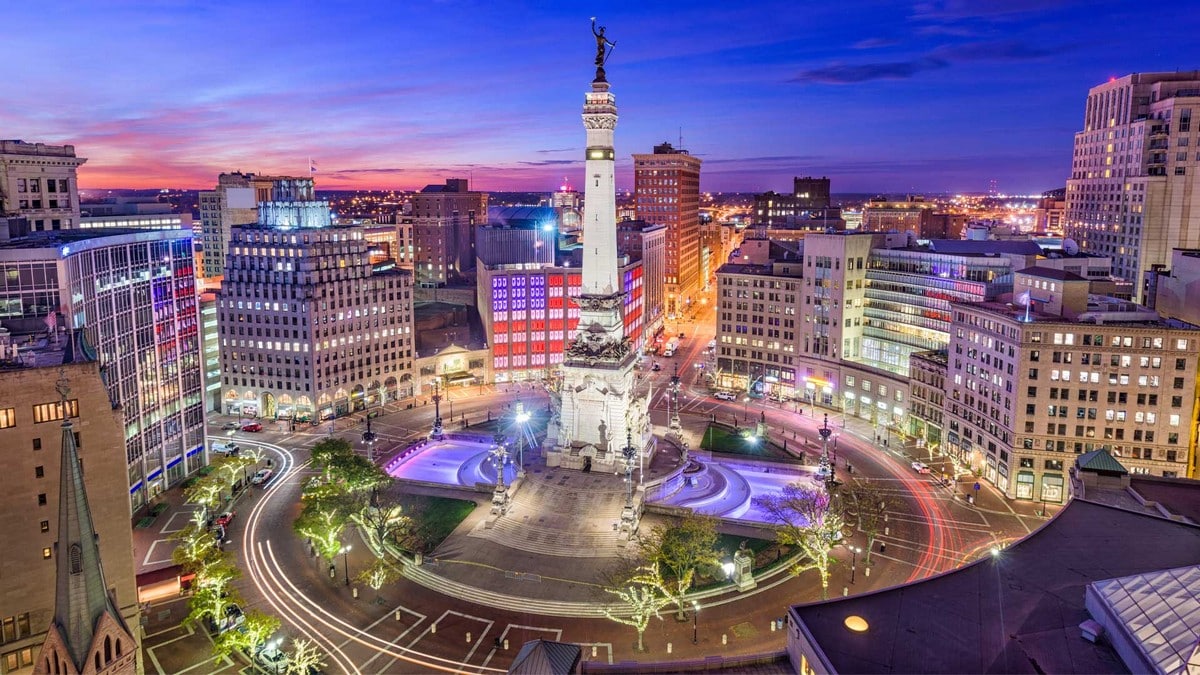Indianapolis is the capital city of Indiana and the seat of Marion County. Indianapolis is a planned city that resembles the layout of Washington, D.C. It is the state’s largest city, founded in 1820, with a population of 887,642 in 2022. The city is distinct for having around 200 farms spanning thousands of acres of agricultural land, comprising soybean, corn, and equestrian farms. The city got its name from the name of its state, Indiana (Land of the Indians), and “polis,” a Greek term for city. It has several public parks, Fortune 500 companies, sports complexes, and art museums.
Indianapolis is known for hosting the U.S. Grand Prix Formula One race, the Brickyard 400, and the Indy 500. Indianapolis is also famous for iconic food items, including a decade-old shrimp cocktail recipe, large Dutch Baby waffles and Reuben sandwich. It also has the biggest children’s museum in the world.
Host to Three of the World’s Largest Single-Day Event
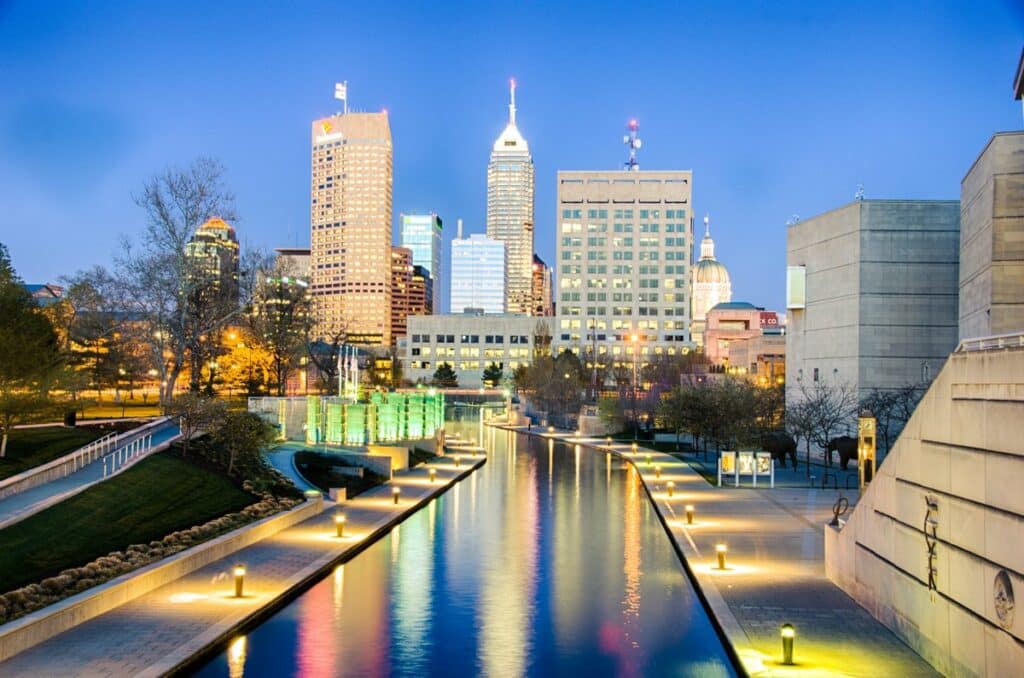
Indianapolis is the venue of the world’s biggest car racing events – the Indianapolis 500 (May), Brickyard 400 (August), and the U.S. Grand Prix (October). These are scheduled events, but you can still have great fun by visiting the Indianapolis Motor Speedway Museum, which has 500 Indy race vehicles in its collection. You can also find the race memorabilia equally interesting and view the development of cars over the years. The museum has a changing exhibit of past winning cars and a permanent display of a 1960 Watson, a 1938 Maserati, and a 1922 Dusenberg that will definitely delight car enthusiasts.
Amazing Food Scene

The city has some incredible food. While each neighborhood has unique food outlets serving delicious dishes, the standouts are pork tenderloin sandwiches. In addition, a 120-year-old restaurant in the community has been serving its famous shrimp cocktail for the same number of years. Other amazing food items locals and visitors love include the Reuben sandwich, beef burger, and Dutch Baby. The latter is a giant German waffle. You should also try the sugar cream pie, the state’s unofficial state pie, consisting of thick custard made from butter, cream, and sugar and lightly dusted with fresh nutmeg.
Ranks Second to Washington, D.C., in War Memorials
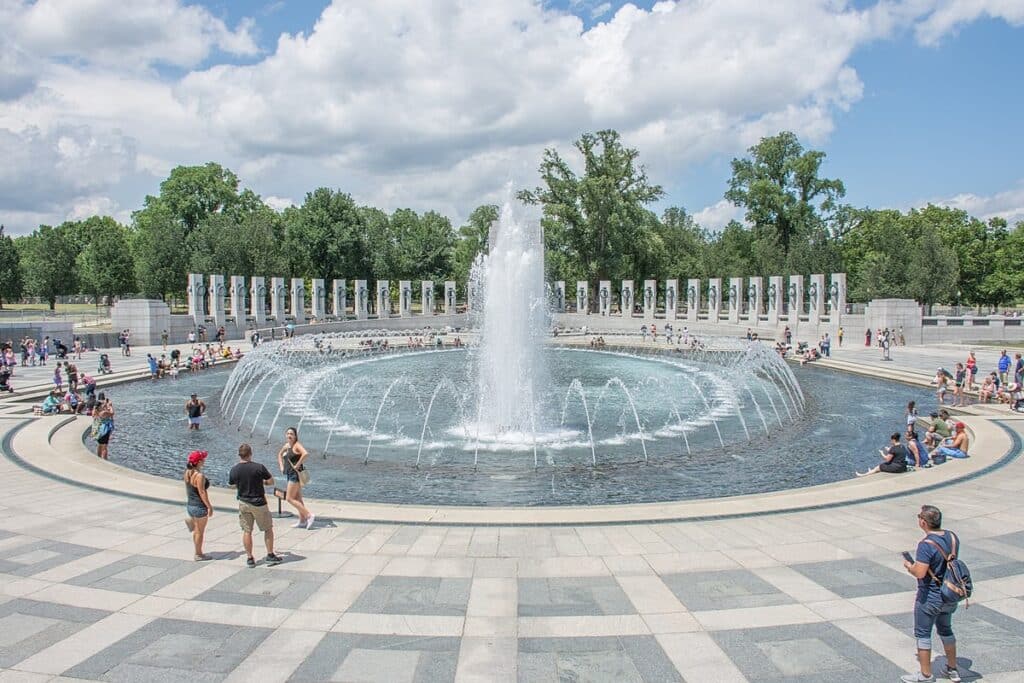
Indianapolis is second to Washington, D.C., in terms of war memorials. Still, its acreage is bigger than that of the nation’s capital, covering an area the size of seven city blocks. The Memorial Plaza in downtown Indianapolis features several monuments, with the Soldiers and Sailors Monument as the centerpiece marking the city’s physical center. Boasting a height of 220 feet, the Indiana World War Memorial is the largest in the memorial complex. Nearby are the equally interesting Indiana War Memorial and American Legion Mall, the Indiana War Memorial’s Shrine Room, the Vietnam War and Korean War Memorials, and the World War II Memorial.
Home to the World’s Largest Children’s Museum
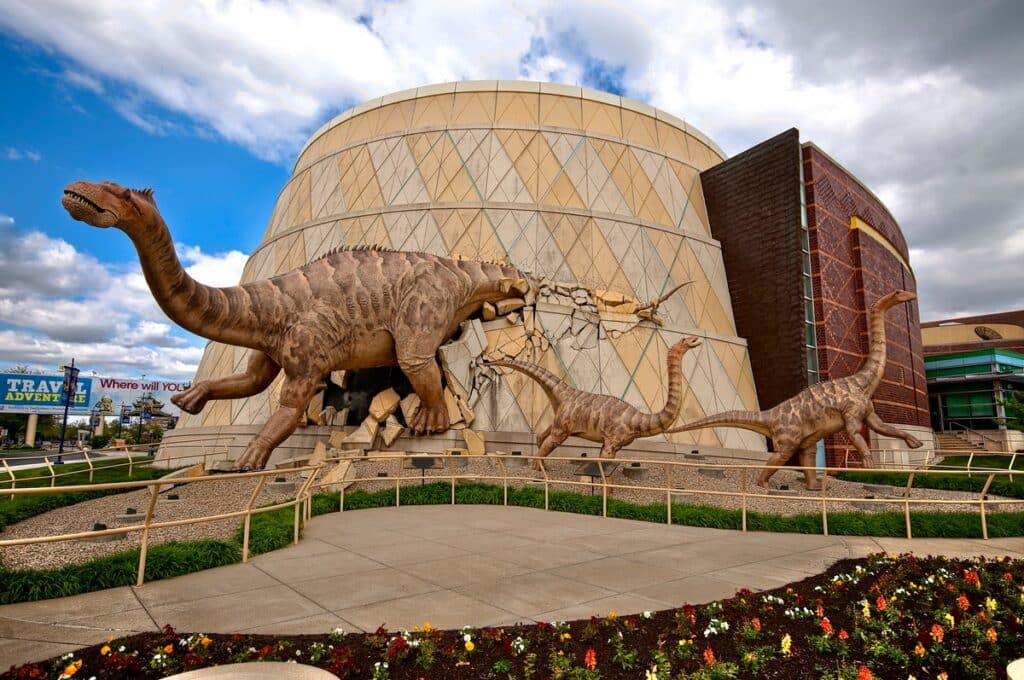
The Children’s Museum of Indianapolis covers 472,000 square feet with five exhibition floors. It sits on a land area spanning 29 acres. The museum is perfect for family bonding, as it focuses on family learning. The exhibits consist of Natural Sciences and Arts and Humanities. Aside from its collection of 130,000 objects, it added two incredibly large dinosaur skeletons and 500 new fossils. The museum had the honor to name a new dinosaur species, Dracorex hogwartsia, a new flat-headed Pachycephalosaur. The three men who discovered the fossil donated it to the museum.
The Art Scene Is Very Much Alive
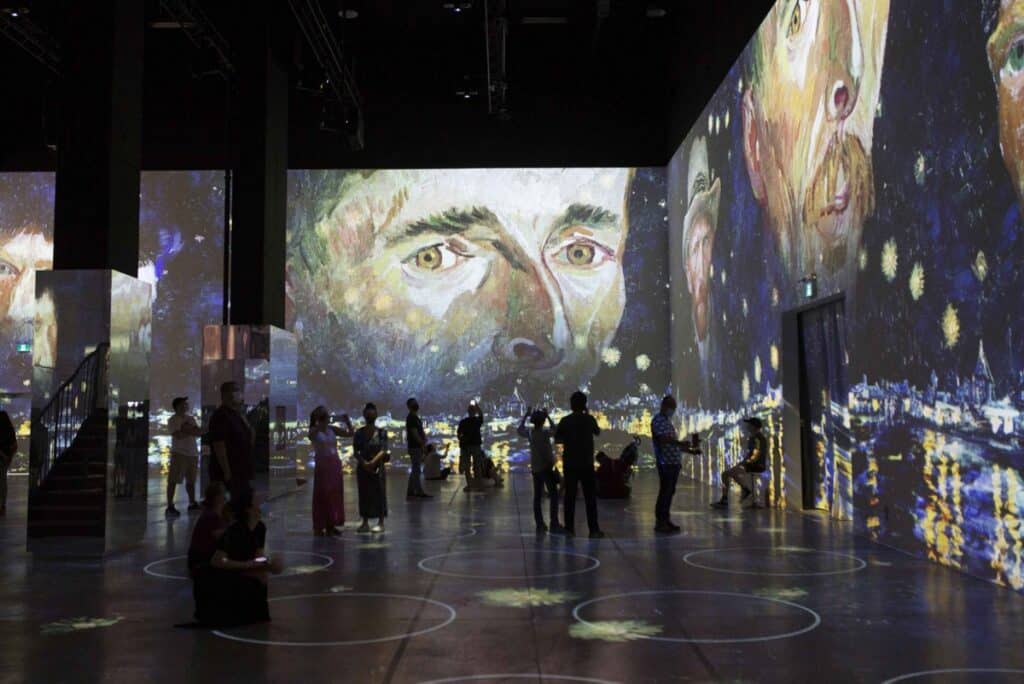
The Indiana Museum of Art is at Newfields Park. Thus, you do not have to travel far to see some famous works by revered masters such as O’Keefe, Picasso, Cezanne, and Rembrandt. It is the eighth-largest encyclopedic and ninth-oldest art museum in the U.S. The impressive permanent collection comprises more than 54,000 outstanding works. Feast your eyes on Neo-Impressionist painting, exquisite bronzes and ceramics from China, Edo period paintings from Japan, Paul Gauguin’s prints, sculptures, and paintings, and several works by J.M.W. Turner. Its large collection, from classic to contemporary art, will keep you enthralled for hours.
Unique Culture and Creativity Hub in the Middle of the City
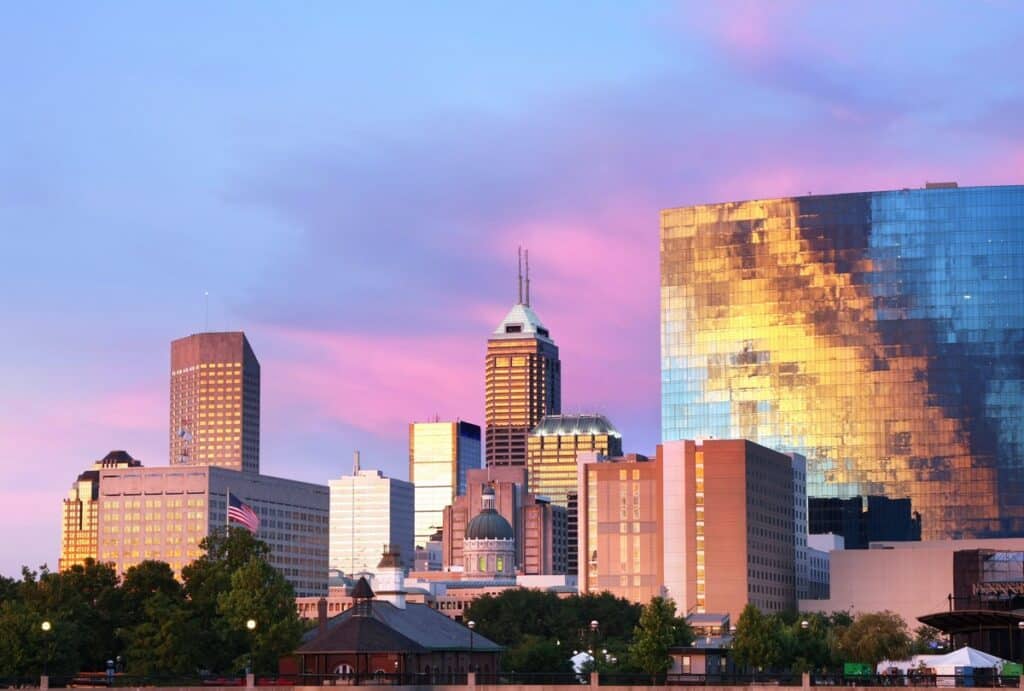
Fountain Square is distinct because a beautiful fountain is in the middle of the road. Nearby is the Fountain Square Theater building, built in 1928. The location is Indiana’s first commercial historic district, which is now one of the six cultural districts in Indianapolis. Fountain Square has many unique small businesses, restaurants, beautiful artworks, and installations. Nightlife is vibrant and alive, with regular live events. The Fountain Square Theater houses a re-created 1930s duckpin bowling alley on the fourth floor. On another floor, you will see a completely retrofitted 1950s/60s style “Atomic” duckpin alley and the only one in the Midwest.
Secrets Under Its Streets
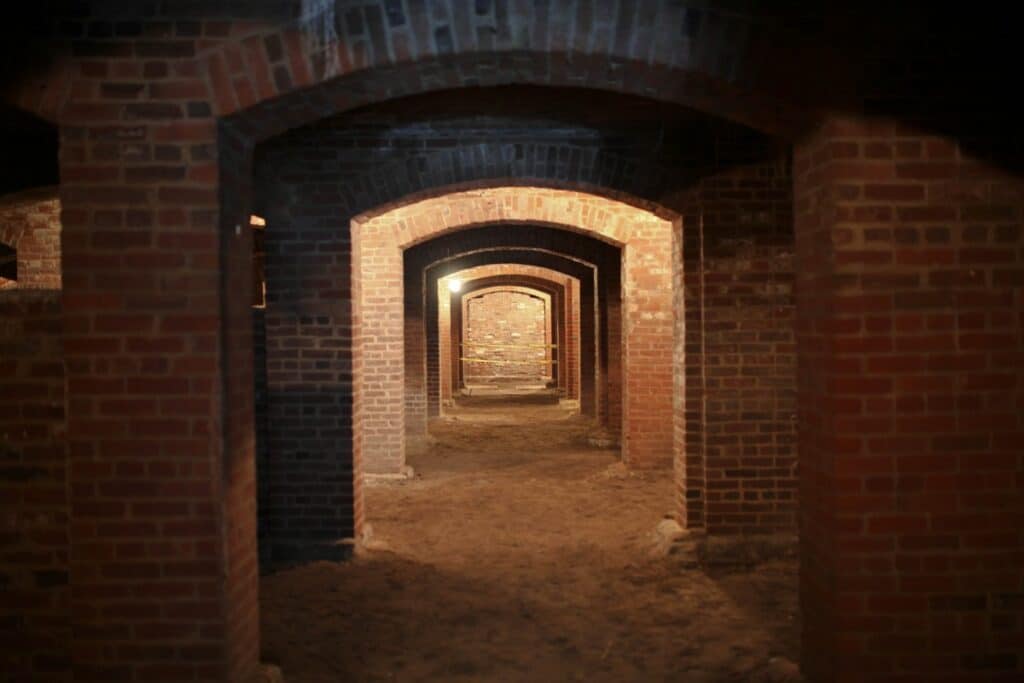
Underneath the City Market in Indianapolis are some of the world’s best-preserved catacombs, covering around 20,000 square feet on the northeast part of Market and Delaware streets. The limestone columns and brick archways were once a part of the Tomlinson Hall, which opened in 1886 but was destroyed by fire in 1958. Rather than a burial ground, the catacomb network was a convenient way to transport and store goods from the marketplace, with pits for storing ice. Nevertheless, you can go on a scheduled 30-minute tour of the tunnels on selected Saturdays through the Indiana Landmarks.
Western and Indian Art
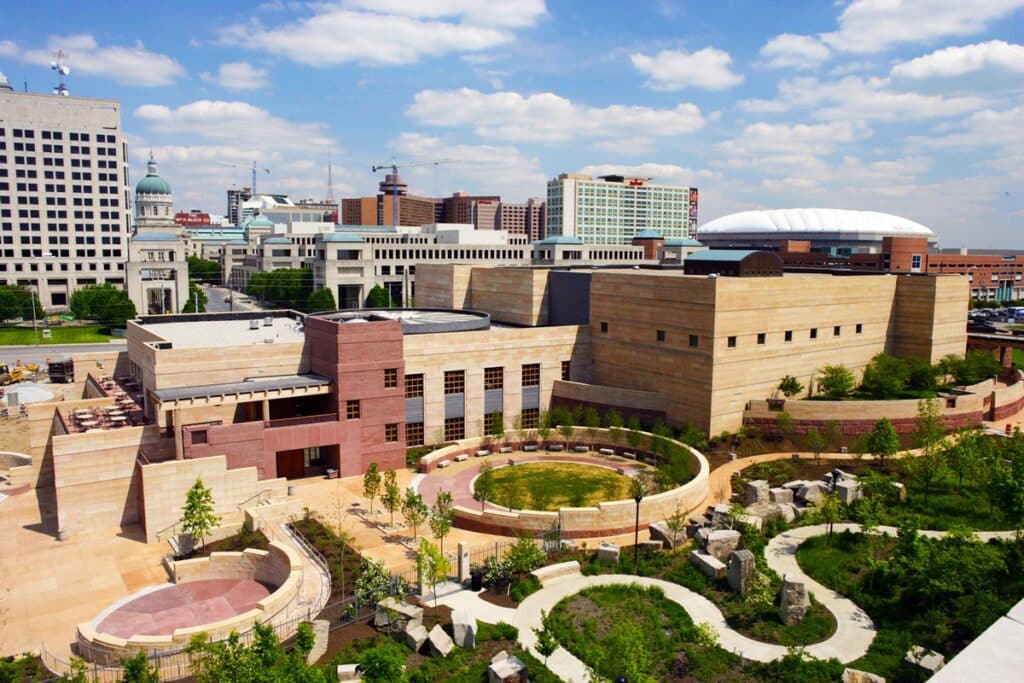
The city has several public galleries, outdoor installations, museums, and free performing and visual arts spaces. One museum that stands out is the Eiteljorg Museum of American Indian and Western Art. It has an extensive collection of works from the Taos Society of Artists and Indian arts and crafts, and sculptures and pictures by top Western artists like Charles M. Russell and Frederick S. Remington and landscape artists Thomas Roman and Albert Bierstadt. It also has works from Georgia O’Keeffe and Ansel Adams and historical and artistic items like motorcycles and pistols, showing their evolution.
Indianapolis Allows You to Relax
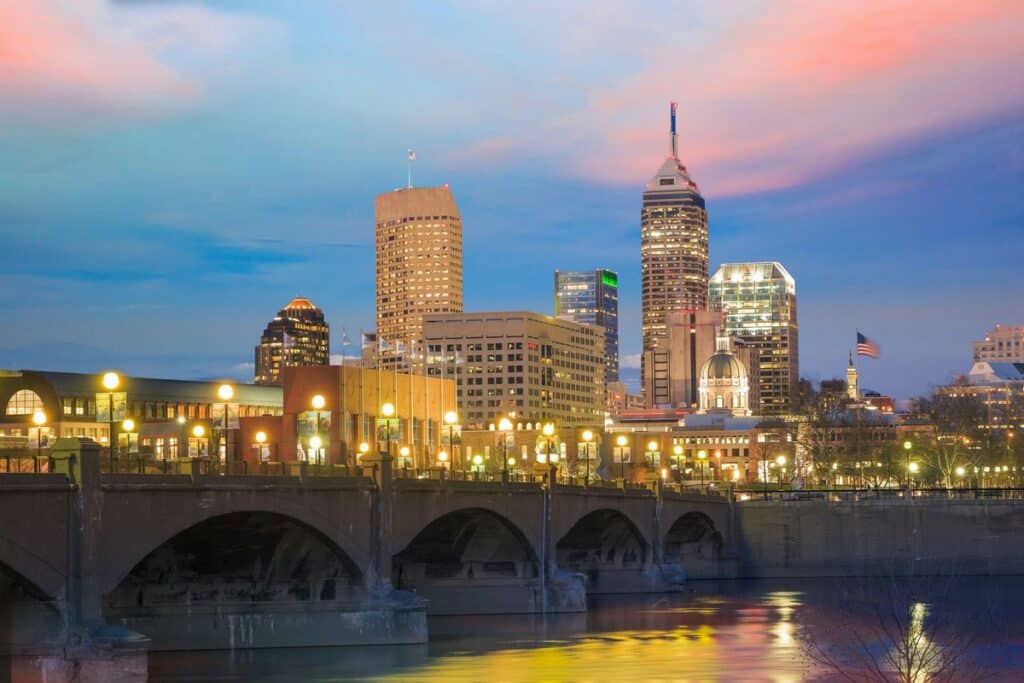
The city has its share of several parks, and Holliday Park is a place you will love if you want a peaceful commune with nature. After a tiring day, visiting the park will recharge you. It has 3.5 miles of trails that will take you through wetlands and woods, most of which are wheelchair accessible. It has well-maintained year-round gardens, an arboretum with 1,200 trees, and a picture-perfect rock garden if you love plants and flowers. Several activities and hands-on exhibits are family-oriented, and visitors can have occasional and delightful live encounters with visiting birds and wildlife.
It’s Easy to Follow the City’s Cultural Trail
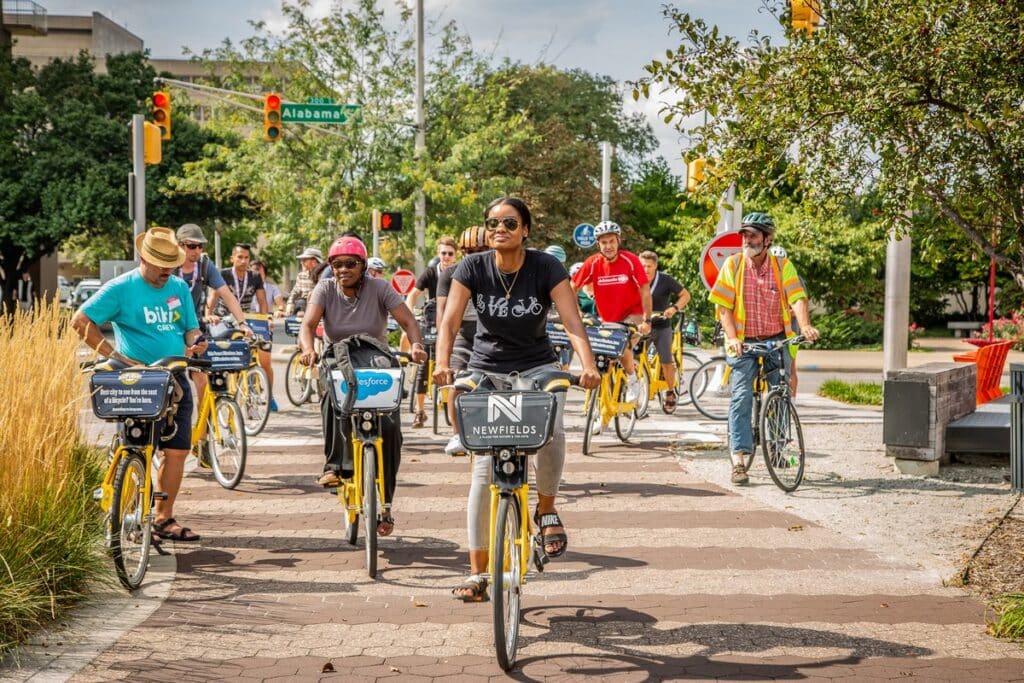
Indianapolis offers an excellent way to see the city and its various public art installations via the Indianapolis Cultural Trail. Most of the stops are downtown. With Bikeshare stations along the way, visitors can cycle along the trail or part of it. The Glick Peace Walk consists of 12 sculptures and luminary gardens dedicated to individuals who peacefully achieved greatness. Streets along the trail feature several installations, such as Swarm Street, Poet’s Palace, Ann Dancing, Chatham Passage, Care/Don’t Care, Looking Through Windows, Talking Tall, and Zephyr. These installations highlight local history, American history, and modern art.
Indianapolis Has a Presidential House
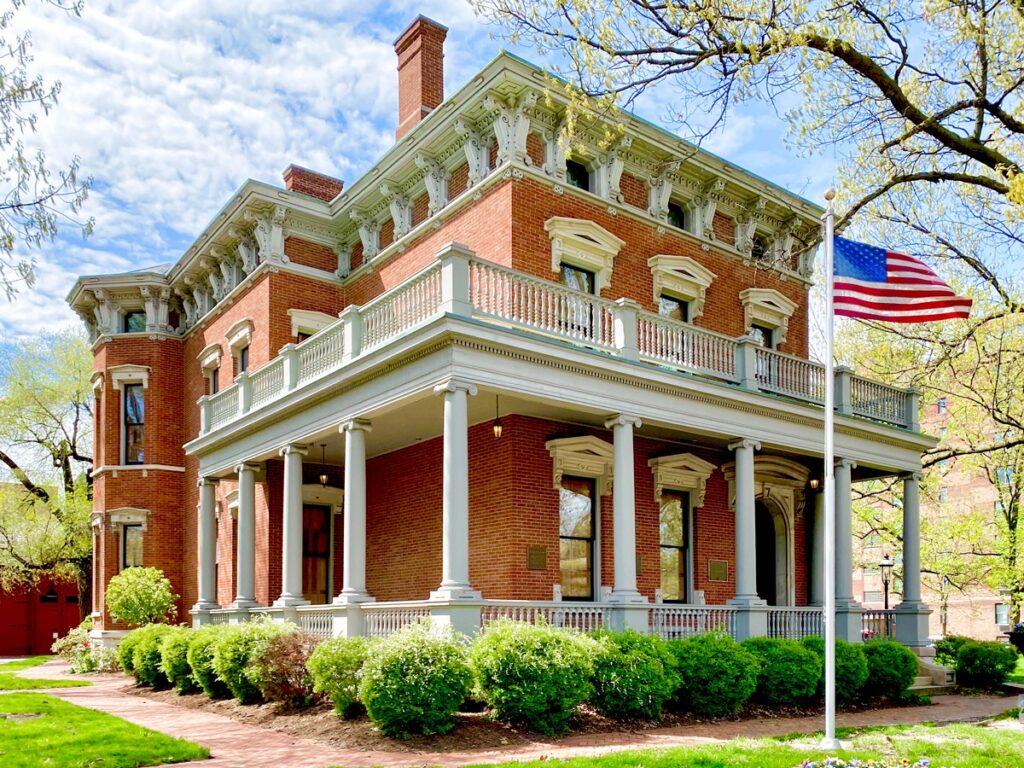
The 23rd president of the United States, Benjamin Harrison, has a house in Indianapolis, located at 1230 North Delaware Street. He died there in 1901. The Italianate Victorian house still contains its original Victorian furniture, arranged around its 16 rooms. The house, a prominent feature during Harrison’s presidential campaign, highlights his skills as a lawyer. You can see the cases he took, his position as an outstanding military leader, his conservation efforts, his role in expanding the U.S. Navy, and his foreign affairs expertise. In addition, President Harrison’s personal items fill the house.
You Can Explore Its Natural and Cultural History in One Place
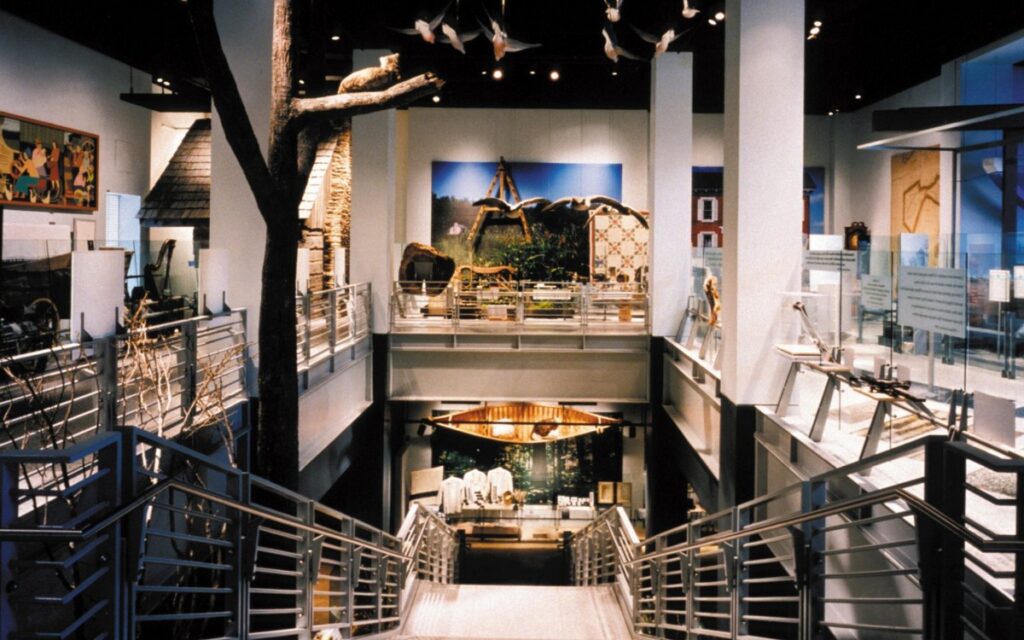
In Indianapolis, the Indiana State Museum features a wide range of experiences and exhibits to learn about the state’s cultural and natural history. The natural history exhibits are on the first floor, featuring extinct residents and early geology of the state. An ancient mastodon highlights the exhibit. On the second floor is the state’s showcase of its colorful cultural past, with an extensive collection featuring the lives and traditions of the early native settlers. It also includes exhibits about Hoosier history, various cultural assets, and Civil War artifacts.
An Interactive History Park
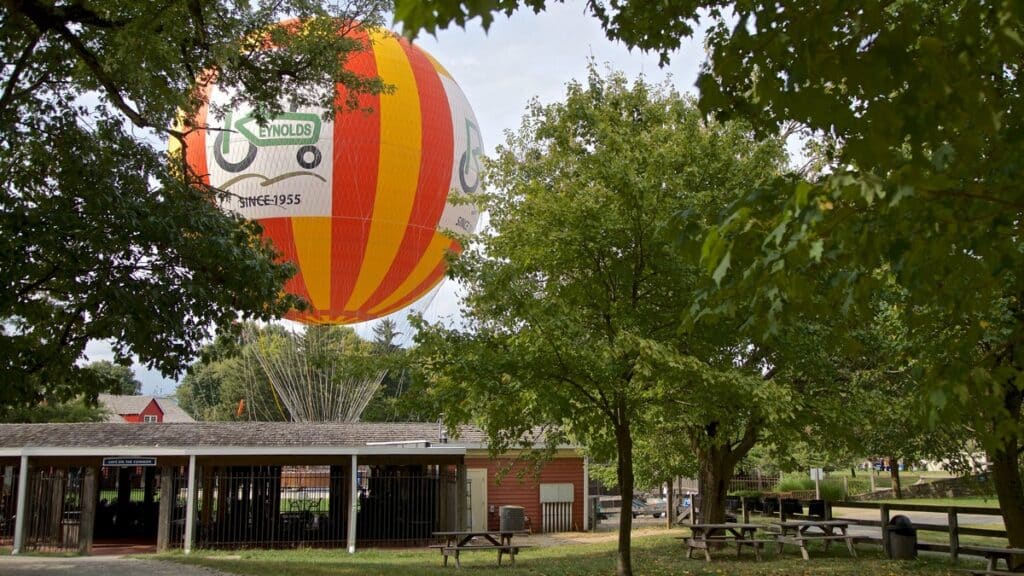
Indianapolis loves its history, and visitors can have a great time learning the region’s history at the Conner Prairie Interactive History Park. You can find the Conner Prairie at an 800-acre wooded property. It includes various indoor, outdoor, and history-themed activities to ensure an enjoyable family experience of life in the past by living in an actual prairie town. The park takes the visitors back to the Civil War era, and you can walk through different ages, interact, talk, and help the resident actors while they work, and experience the simple life back in the mid-1800s.
It Honors Prominent Residents
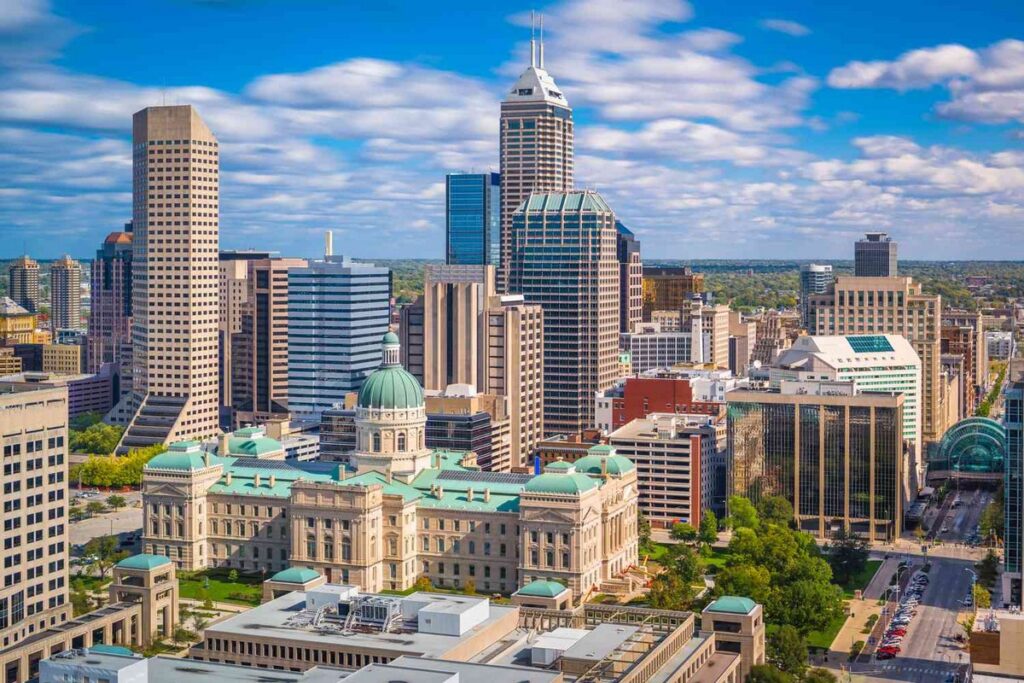
The world-renowned pharmaceutical company, Elli Lilly and Company, was founded in 1876 by Colonel Eli Lilly in Indianapolis. Within the Indianapolis Museum of Art grounds is a National Historic Landmark, the Lilly House of the Colonel’s grandson, Josiah Kirby “Joe” Lilly Jr. He was a collector and philanthropist, and his house, the Oldfields-Lilly House and Gardens is now a museum. The house was closely restored to its 1930s look, with most of the original furnishings and decorative items on display. The upper floor hosts various events, while the lower level features historical and contemporary photographs of the house’s history.
It Maintains Its Close Association with Race Cars
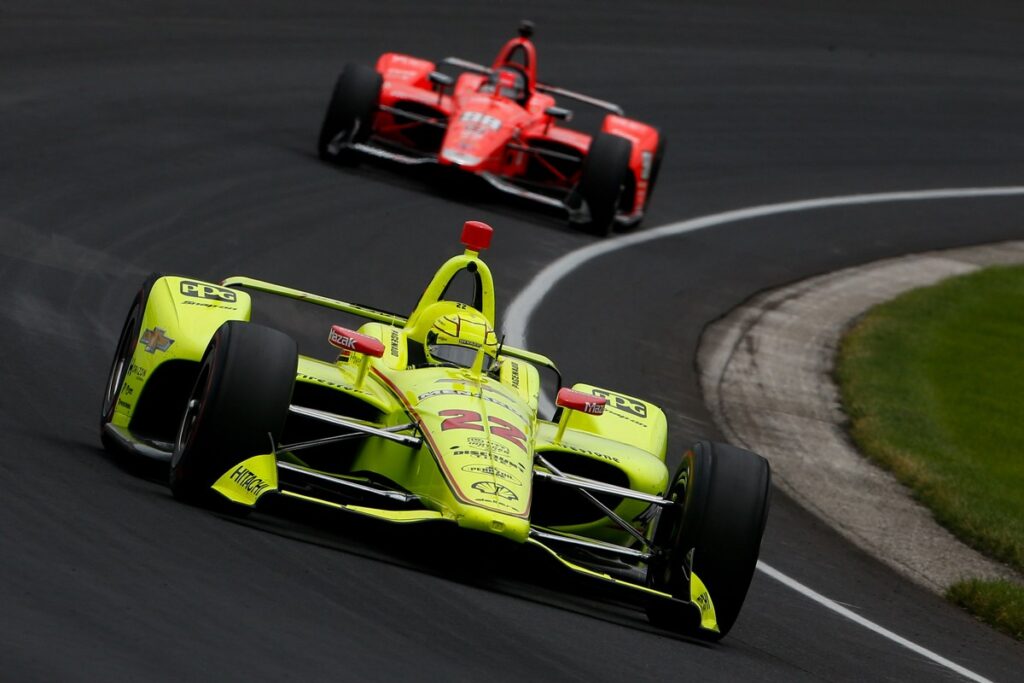
In 2012, Italian racecar manufacturer Dallara established the Dallara Indy Car Factory, an engineering center close to the Indianapolis Motor Speedway. In this factory, Dallara produces and assembles the IndyCar. The place comprises 20,000 square feet of interactive, hands-on exhibits. Visitors can experience the thrill of being behind the wheel of a racecar using a racing simulator. You can also tour the venue and watch technicians and engineers handcraft the racing car’s chassis, assemble the parts, and observe other interesting things about racecar manufacturing. Moreover, you can have your picture taken with one of the racecars in the factory, such as the Dallara DW12.
